Welcome to the Great White North, home of the friendly Canucks, breathtaking landscapes, and of course, the famous poutine.
Your journey may seem daunting at times but fear not. We're here to guide you with some cultural adaptation tips.
Grab a cup of Tim Horton's coffee, and let's dive right in!
Here are a few things we will be discussing:
- Understanding Canadian etiquettes: How to make a good first impression.
- The Great Outdoors: Embracing Canada's love for nature and outdoor activities.
- Canadian slang and language: Don't worry. We'll have you saying 'eh' in no time.
- Food and beverages: Become a fan of poutine, butter tarts, and Tim Horton's.
- Adapting to weather: Yes, it’s cold. But we will help you embrace the Canadian winter like a pro.
Ready? Let's embark on your great Canadian adventure!
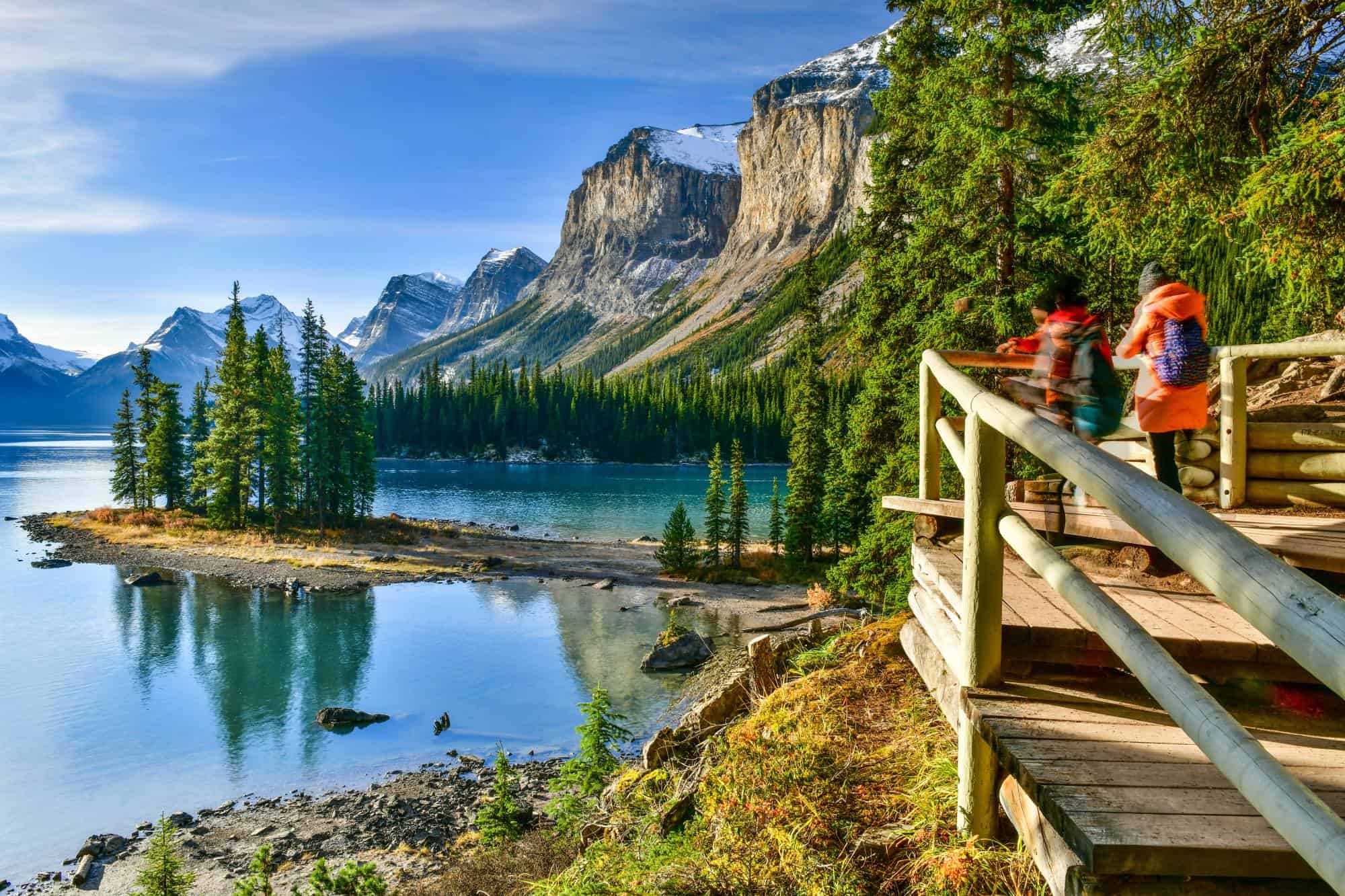
Secure Peace of Mind with Best-Value International Health Coverage
International Citizens Insurance provide free, no-obligation quotes from the leading international health insurance providers with plans tailored to meet your needs. Trusted by thousands of expats worldwide.
Navigating Canadian etiquette
So, you've packed your belongings and landed in the beautiful and huge country of Canada?
If you're wondering how to navigate the intricacies of Canadian etiquette and avoid putting your foot in your mouth on the first meeting. Fret not because we've got you covered.
Let's dive into the heart of Canadian manners and social mores.
Politeness
In Canada, politeness is a big deal. Canadians are renowned for their friendliness and courtesy.
You might find yourself saying "sorry," "please," and "thank you" more than ever before.
Never underestimate the power of a friendly smile or a kind word. So, brace yourself to be the nicest and politest version of you!
Timeliness
Running on "Canadian time" means being punctual.
Respecting others' time is a crucial aspect of Canadian etiquette. So, whether it's a business meeting or a casual get-together, make sure you're on time.
If you're running late, let the host or other parties involved know.
Gift giving
Invited to a Canadian's house?
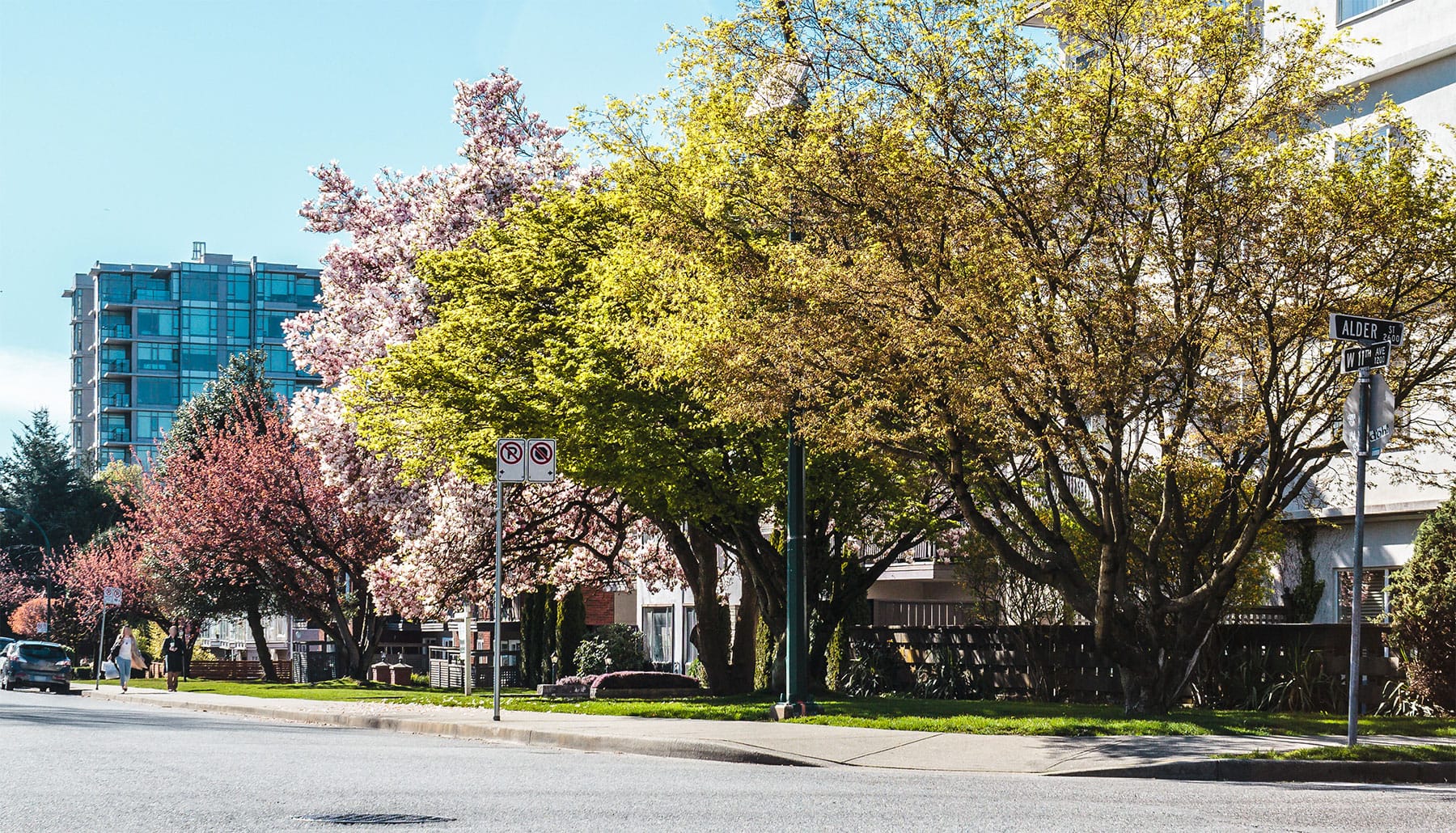
Don't show up empty-handed. A bottle of wine, a box of chocolates, or even a bouquet of flowers is a nice gesture.
It's never about the value of the gift. It's all about the thought.
Social distancing
Canadians value their personal space.
Canadians practiced social distancing even before the pandemic. Maintaining a comfortable distance during conversations with new colleagues and friends has always been a thing here.
So, remember, when you meet your new Canadian colleagues the first time around, hold back on those hugs and kisses!
Tipping
Tipping is a standard practice in Canada, especially at restaurants and bars, and for services like haircuts and taxi rides.
Typically, a tip of 15-20% of the total bill before tax is considered good etiquette.
It's a way to show appreciation for good service, so don't skip it.
Getting to know the Canadian lingo
Ready to learn some Canadian lingo?
Canada, like any other country, has its unique slang and idioms that might initially leave you scratching your head.
But don't worry. You'll get the hang of it faster than you can say, "Eh!"
Canadians are known for their friendly and welcoming nature, and learning the local lingo is a great way to fit right in.
Plus, it's always fun to learn something new, isn't it?
The great Canadian "Eh"
Eh is perhaps the most well-known Canadianism.
It's often tacked onto the end of statements or questions for emphasis, like "Nice weather, eh?" or "That was a great hockey game last night, eh?"
Don't be shy about using it!
Popular Canadian slang
There are a few other terms you'll likely hear on the streets of Canada that might seem unfamiliar. Let's break them down:
- Loonie: This is not an insult. It's actually the name of the Canadian $1 coin, named for the loon (a bird) featured on one side.
- Toque: In Canada, a beanie or winter hat is known as a toque (rhymes with 'fluke').
- Timbits: These are the Canadian version of donut holes, named after the popular Tim Hortons coffee shop chain. Delicious!
- Double-double: When Canadians order a "double-double" at a coffee shop, they're asking for a coffee with two creams and two sugars. Try it!
- Canuck: That's what Canadians call themselves.
These are just a few examples of the Canadian lingo you might come across. So, immerse yourself, get chatty with locals, and enjoy your linguistic Canadian adventure.
Embracing the Great Outdoors
Did you know that Canada is home to over 40 national parks and reserves?
So it's not hard to work out why Canadians love the great outdoors!
If you're planning to embrace Canadian culture, you'll want to start with the incredible nature.
Here's a guide to help you ease into the outdoor-loving culture of Canada.
1. Explore the National Parks
First and foremost, take the opportunity to visit Canada's national parks.
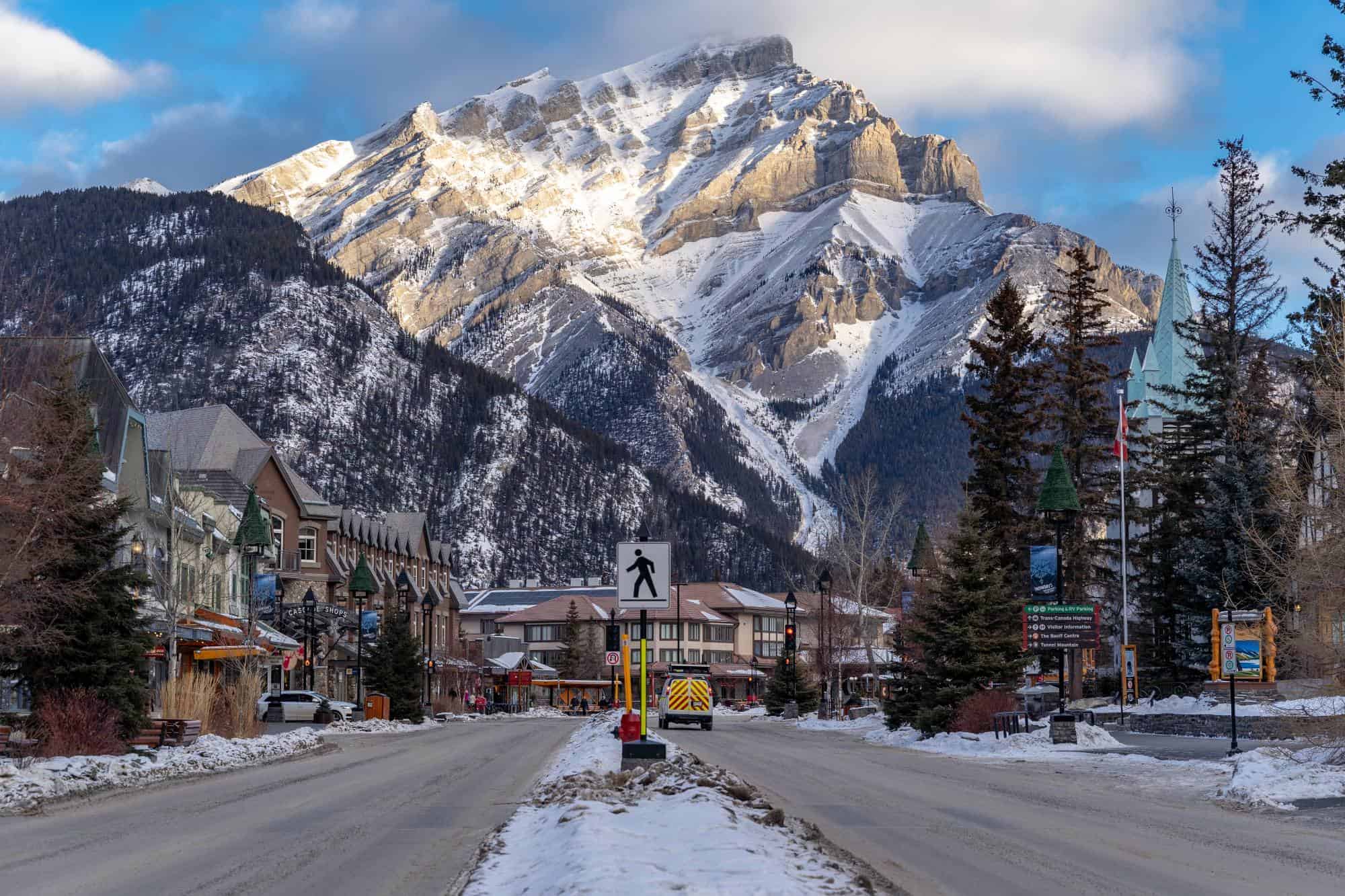
Whether you're an outdoor enthusiast or a newbie, these parks offer stacks of activities.
From hiking to wildlife watching, there's something for everyone. Don't worry if you're not a seasoned hiker. Most parks have trails for all levels of experience.
2. Try winter sports
Do you know what Canadians do when it snows?
They play!
Welcome the winter by trying out some popular Canadian winter activities.
Have you ever tried ice skating or snowshoeing?
What about snowboarding or ice hockey?
If not, now's the perfect time! Remember, it's all about having fun, embracing the Canadian spirit, and checking your health insurance is up-to-date before setting off on your great Canadian winter adventure.
3. Learn to camp
Canada is a camping haven with countless picturesque spots to pitch a tent.
If you've never camped before, don't fret!
There are plenty of guides and resources online to help you get started.
And trust us, there's nothing quite like waking up to a Canadian sunrise in the heart of nature.
Tip* You might want to stay within official camping areas. Walking up with a brown bear isn't something to shoot for on your first trip.
4. Participate in outdoor events
From music festivals in the woods to outdoor food markets, Canada is bursting with outdoor events.
Participating in these experiences is a fantastic way to meet locals and get yourself stuck into some real Canadian culture.
So, lace up your boots, zip up your coat, and step into the great outdoors.
Who knows what adventures await you?
Understanding the Canadian climate
Let's dive straight into the heart of Canada - its climate!
The climate varies considerably across Canada, from the permanently wet Pacific coast to the frigid Arctic tundra and everything in between.
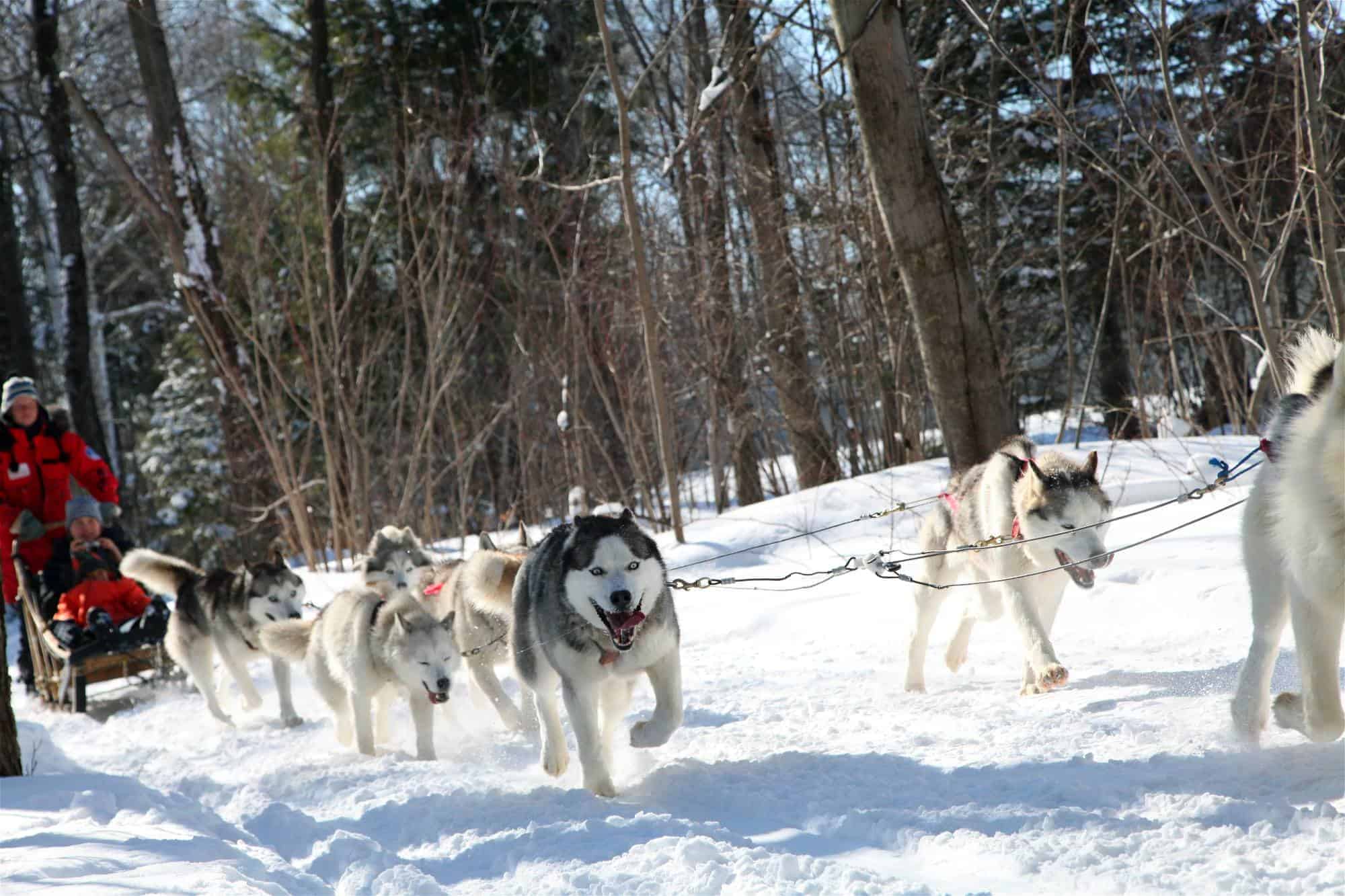
So, it's important to understand what to expect, no matter where you settle.
The four seasons of Canada
Regardless of where you are in Canada, you're sure to experience all four seasons.
However, the intensity of each season does vary greatly depending on your location.
- Winter: Typically, from December to February, winter can be harsh, especially in the northern regions. You can expect temperatures to range anywhere from 0°C to -40°C (32F to -40F). It's the perfect time for snowball fights and ice skating.
- Spring: This pleasant season lasts from March to May. The temperatures can fluctuate between 0°C and 20°C (32F to 68F). Time for a walk in the park enjoying the cherry blossoms.
- Summer: From June to August, summer in Canada can get surprisingly hot, with temperatures climbing up to 38°C (100F), especially in the southern regions. Get the suntan lotion on and head for one of Canada's beautiful beaches or lakes.
- Fall: September to November brings fall, with temperatures between 0°C and 20°C (32F to -40F). This is the time when leaves change to stunning shades of red and orange. It's the time when you will realize your love of photography.
Preparing for Canadian weather
Are you ready to embrace the Canadian climate?
It's all about having the right clothes for each season.
Here are some tips:
- Invest in a good quality winter coat, preferably water and wind-resistant. You'll thank yourself later.
- For winter, don't forget your gloves, scarves, and hats. They're not just fashionable but necessary, especially if you're planning on keeping your fingers!
- In spring and fall, layering your clothes is a smart move. It allows you to adjust your wardrobe as you walk.
- Summer calls for light clothing. Don't forget your sunscreen and a hat to protect against the strong sun. Oh, and a good strong mosquito repellant won't go amiss.
Remember, there's no such thing as bad weather, only unsuitable clothing. - Alfred Wainwright
Embracing the Canadian climate is part of the fun of living in this beautiful country.
Familiarizing with Canadian cuisine
Ever heard the saying, "The way to a person's heart is through their stomach?"
Well, in Canada, this couldn't be more true. Canadian cuisine is an awesome mix of indigenous foods, French, British, and other international influences.
So, get ready to embark on an exciting culinary experience!
Local delicacies
Canada offers a broad palette of delicious, diverse dishes. Some must-try local delicacies include:
- Poutine: This iconic Canadian dish includes crispy fries drenched in a rich gravy and topped with cheese curds. It's a hearty comfort food that you'll come across in restaurants and food trucks across the country.
- Butter tarts: A sweet treat for those with a sweet tooth, butter tarts are a delightful pastry filled with a gooey center of butter, sugar, and eggs.
- Nanaimo bars: Named after the city of Nanaimo in British Columbia, these no-bake dessert bars consist of a wafer crumb base, custard-flavored butter icing, and a layer of melted chocolate.

Celebrate Canada's seafood culture
If you're a seafood lover. Welcome! You've hit the jackpot!
Whether it's the Atlantic salmon from the east coast or the Pacific salmon from the west, Canada's expansive coastline is a treasure trove of fresh seafood.
Ever tried a lobster roll or a clam chowder? Don't hold out too long!
Checking out local farmers' markets
Want to cook up some of your own Canadian dishes at home?
Don't miss out on local farmers' markets. They're the perfect place to pick up fresh, local ingredients.
From fresh fruits, vegetables, and meats to homemade jams, honey, and baked goods, Canadian farmer's markets have it all.
Pair your meal with Canadian drinks
And, of course, no culinary exploration would be complete without local drinks.
Try a local craft beer. Canada is brimming with exceptional craft beer breweries.
Looking for something a little stronger? Canadian whiskey is perfect for a cozy evening at home.
Why not warm up with a cup of hot apple cider during those cold winter months?
Did you know that Canada is also known for its ice wine, a type of dessert wine produced from frozen grapes?
Canadian cuisine is filled with delicious dishes, local drinks, and entertaining social comradery.
So, loosen up that belt, grab a fork, and dig in! You're in for a tasty adventure.
Exploring Canada's multiculturalism
Canada is home to a vast diversity of ethnicities, languages, and cultures.
One of the very first things you'll notice about Canada is its welcoming attitude towards multiculturalism.
This isn't just a casual observation; it's a key component of Canadian national identity. Canadians take pride in their multicultural society, which is reflected in their daily lives and governmental policies.
Embrace Canada's diversity
Canada is a melting pot of cultures. Open up to the vast array of cultures surrounding you.
Engaging in community events and festivals will help you feel more at home and part of the scene.
Learn the languages
Canada has two official languages: English and French.
While not everyone is bilingual, there's a substantial percentage of the population that speaks both languages.
Brushing up on your French, or at least learning a few key phrases, won't just help you communicate better—it'll also provide a doorway to understanding Canadian culture more deeply.
Getting used to Canadian currency and exchange rates
As an expat, you'll almost certainly spend some or all of you're time mentally converting currencies, especially when you first arrive.
Let's dive in with currency lingo:
Understanding the currency lingo
The Canadian Dollar (CAD) is the national currency, and it includes coins and banknotes.
The coins come in denominations of 5 cents (nickel), 10 cents (dime), 25 cents (quarter), one dollar (loonie), and two dollars (toonie).
On the other hand, banknotes include $5, $10, $20, $50, and $100 bills.
Don't let the nicknames confuse you. You'll soon get the hang of things.
Saving the pennies: tips on exchanging money
Okay, so where should you exchange your money?
While airports and hotels might seem like convenient options, they often offer less favorable exchange rates.
Here are a few tips:
- Banks and Credit Unions: They usually offer the best rates. Plus, you can also open a Canadian bank account to simplify your financial transactions.
- ATMs: If you need cash fast, ATMs can be a good option. Just be aware of possible transaction fees.
- Online money transfer services: These services often provide competitive rates and can be a convenient option, especially for large amounts.
Finding your way around Canadian transportation
Canada boasts an efficient and comprehensive transportation system, ready to get you where you need to go.
Public transport: buses, trams, and trains
Are you ready to navigate the city streets and quiet rural roads of Canada?
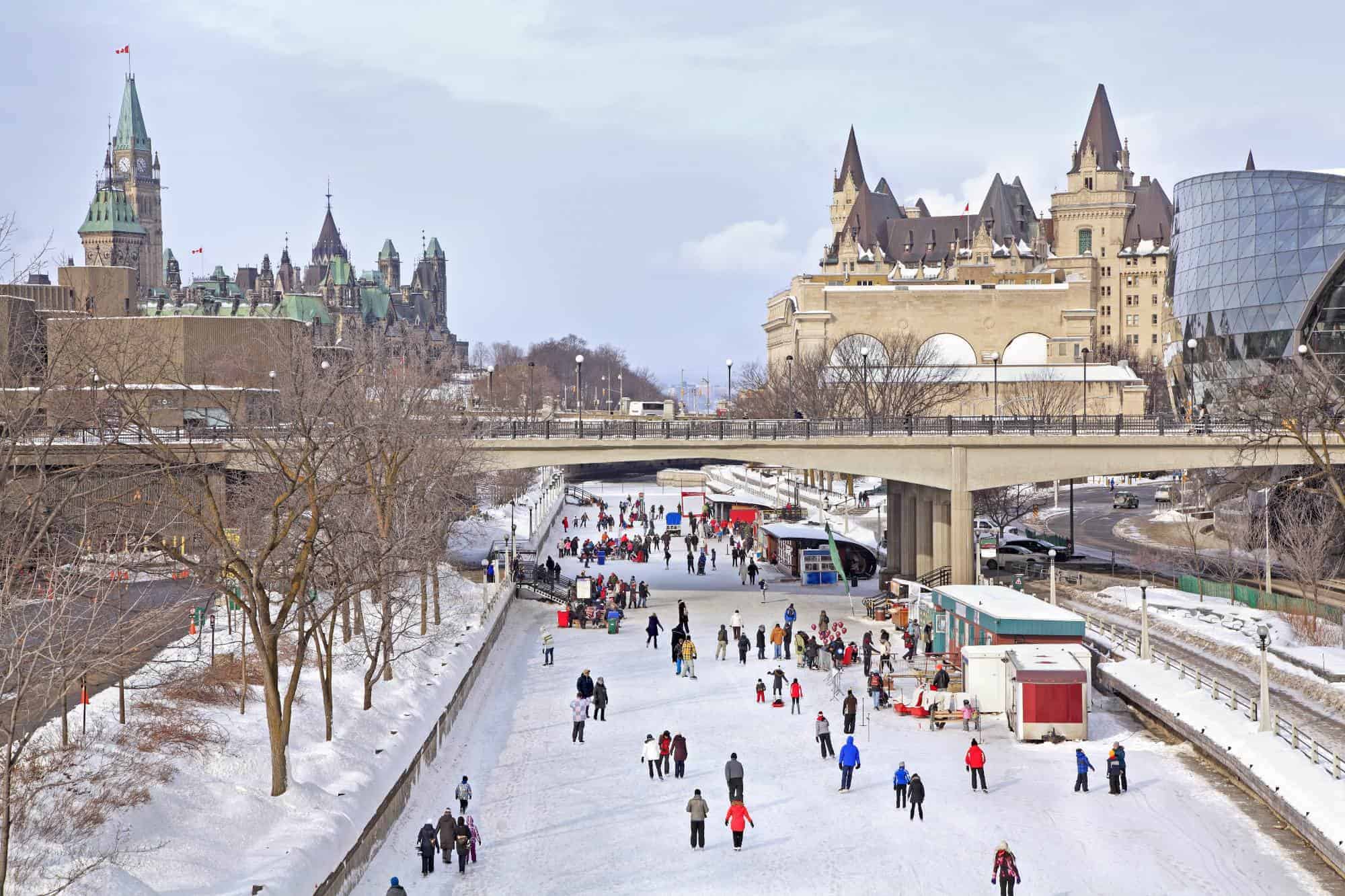
Public transportation varies between cities, but you'll generally find a mixture of buses, trams, and trains all at your disposal.
- Buses: Canada's bus networks are extensive, connecting city centers, suburbs, and even remote areas. Remember, it's not just about the destination; it's also about the journey. So, sit back and soak up the Canadian scenery!
- Trams: Some cities, like Toronto, offer trams as part of their transit system. This is a quick and easy way to roam around the city, especially in the busy downtown areas.
- Trains: Commuter trains are a staple in major cities. Plus, long-distance train travel is a particularly Canadian experience. Ever dreamt of watching the Rocky Mountains roll by your window? This dream can become a reality aboard Canada's emblematic long-distance trains!
Tip* If you're planning to travel any distance in Canada, don't just head for a bus station and expect to be on your way. Buses get booked out, and some services only run daily, so make sure to plan and book before heading off.
Air travel: flying across Canada's expansive landscape
Internal air travel is the practical way to cover long distances in Canada.
Major domestic airlines include Air Canada and WestJet, but there are also numerous regional airlines serving smaller towns and remote communities.
So, next time you have a weekend off, why not hop on a plane and explore a new Canadian city?
Road trips: embrace the iconic Canadian adventure
Are you yearning for freedom and adventure?
Then buckle up because Canada is a road-trippers dream!
It's an absolute must to explore the iconic landscapes, from the rugged coastline of Newfoundland to the majestic Rockies of Alberta.
Remember, in Canada, we drive on the right side of the road. Also, remember that a moose might not comply with that regulation, so keep your eyes on the road!
Adapting to Canadian work culture
Stepping foot into your new Canadian workplace might feel like a daunting task, but fear not!
Canada boasts a diverse and inclusive work culture, and with a few handy tips, you'll fit right in no time.
So, what are the key aspects of the Canadian work culture you should know?
Respect for equality and diversity
Canada takes immense pride in its cultural diversity. This extends to the workplace, where respect for everyone's rights and acknowledging diversity is fundamental.
So, when in a Canadian workplace, welcome diversity.
Communication is key
Canadians value direct yet polite communication in the workplace.
If you have an idea, share it. Got a problem? Address it.
But remember, how you convey your thoughts is as important as what you are saying.
Be professional yet personable. Be assertive yet considerate.
Teamwork makes the dream work
Collaboration is highly valued in Canadian work culture.
Whether you're working on a major project or a minor task, you'll often find yourself as part of a team.
So, don't shy away from participating in team meetings and sharing your insights.
Remember, every voice matters!
Work-life balance
Canadians work hard, but they also know the importance of a well-balanced life.
Respect for personal time is ingrained in the work culture here.
Don't be surprised if your boss encourages you to take time off or to leave on time. After all, a happy employee is a productive employee, right?
Adapting to any new work culture can be a challenge. But with patience, open-mindedness, and a willingness to adapt, you'll thrive in no time.
Making friends in Canada: tips and tricks
Let's talk about building friendships in your new home.
Friendships are crucial for an enjoyable transition to any new country, and Canada is no exception.

But where and how do you start?
Firstly, don't feel overwhelmed. Canadians are known for their friendliness and openness.
They appreciate learning about different cultures and traditions, which is great news!
You'll enjoy a starring role as an expat.
Actually, as one of the world's most multicultural countries, you may have to share that role.
Join a club or group
Joining a club or group that matches your interests is an easy way to make friends.
This can be anything from a sports club, a book club, an art class, or a community volunteering group.
Not only does this introduce you to people with similar interests, but it will also provide a common topic to get you past any of those long uncomfortable silences.
Take part in community events
Canada is full of community events, festivals, and neighborhood gatherings.
The perfect opportunity to meet the locals and engage yourself in Canadian culture.
Don't be shy. Step out and join the fun!
Preparing for Canadian holidays and celebrations
Oh, Canada! The country of maple syrup, hockey, and a whole list of holidays which certainly makes life here more festive.
If you're new to the country, you may be eagerly looking forward to participating in the local festivities.
So, how can you ready yourself for Canadian holidays and celebrations?
Let's dive right in!
Understanding public holidays
Firstly, it’s helpful to know that holidays in Canada can be national, provincial, or territorial.
National holidays are observed throughout the country, while provincial and territorial holidays are specific to certain regions.
For instance, Family Day is a statutory holiday in several provinces in February, but it isn't recognized nationwide.
So, keep an eye on your local calendar!
Joining winter festivities
Being a winter wonderland, Canada boasts some of the most magical winter celebrations.

No discussion of Canadian holidays would be complete without mentioning the charm of Christmas markets, the joy of Boxing Day shopping, or the excitement of New Year's Eve.
Welcome the winter, bundle up, and get ready for some serious fun!
Participating in Canadian Thanksgiving
Canadian Thanksgiving is another important holiday to mark on your calendar.
Different from the American counterpart, this holiday falls on the second Monday of October.
The celebration includes a hearty feast with turkey, stuffing, cranberry sauce, and of course, pumpkin pie.
So, make sure to arrive hungry!
Experiencing cultural celebrations
Canada's multicultural mosaic provides some fantastic new experiences to relish.
You may find yourself invited to celebrations like Lunar New Year, Diwali, or Eid.
Don't miss out on these opportunities. Celebrate the multicultural spirit of Canada, and you'll soon feel at home in your new nation.
Welcome to Canada!
As you venture into your exciting new life in Canada, it's completely natural to feel a bit overwhelmed.
But don't worry - Remember, adapting to a new culture takes time and patience.
Don’t rush it.
Embrace the journey, and before you know it, you’ll be saying 'eh' and enjoying poutine like a true Canadian!
You might find useful:
- Living In Canada As An Expat - a detailed guide on moving to Canada
- Canada Visas For Skilled Persons
- Lifestyle In Canada
- Best Places To Live In Canada
- Which Province Is the Best In Canada?
- Retiring To Canada
Helpful external links:
Secure Peace of Mind with Best-Value International Health Coverage
International Citizens Insurance provide free, no-obligation quotes from the leading international health insurance providers with plans tailored to meet your needs. Trusted by thousands of expats worldwide.



